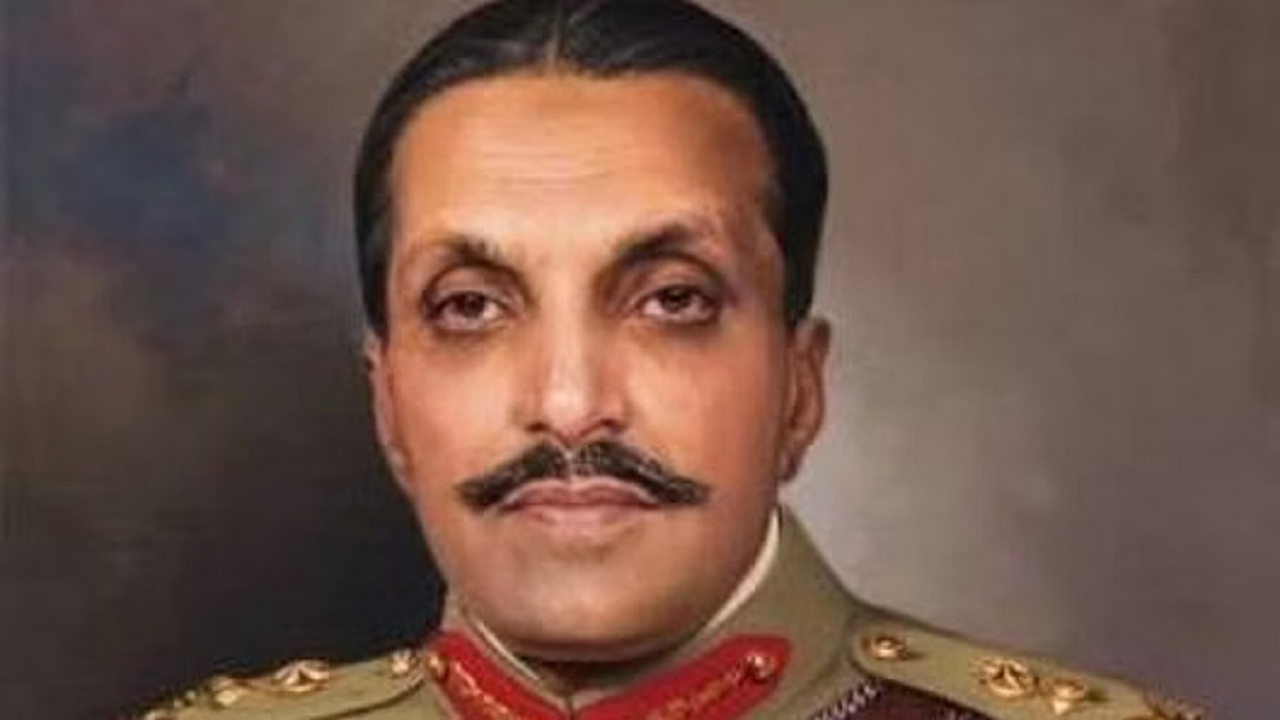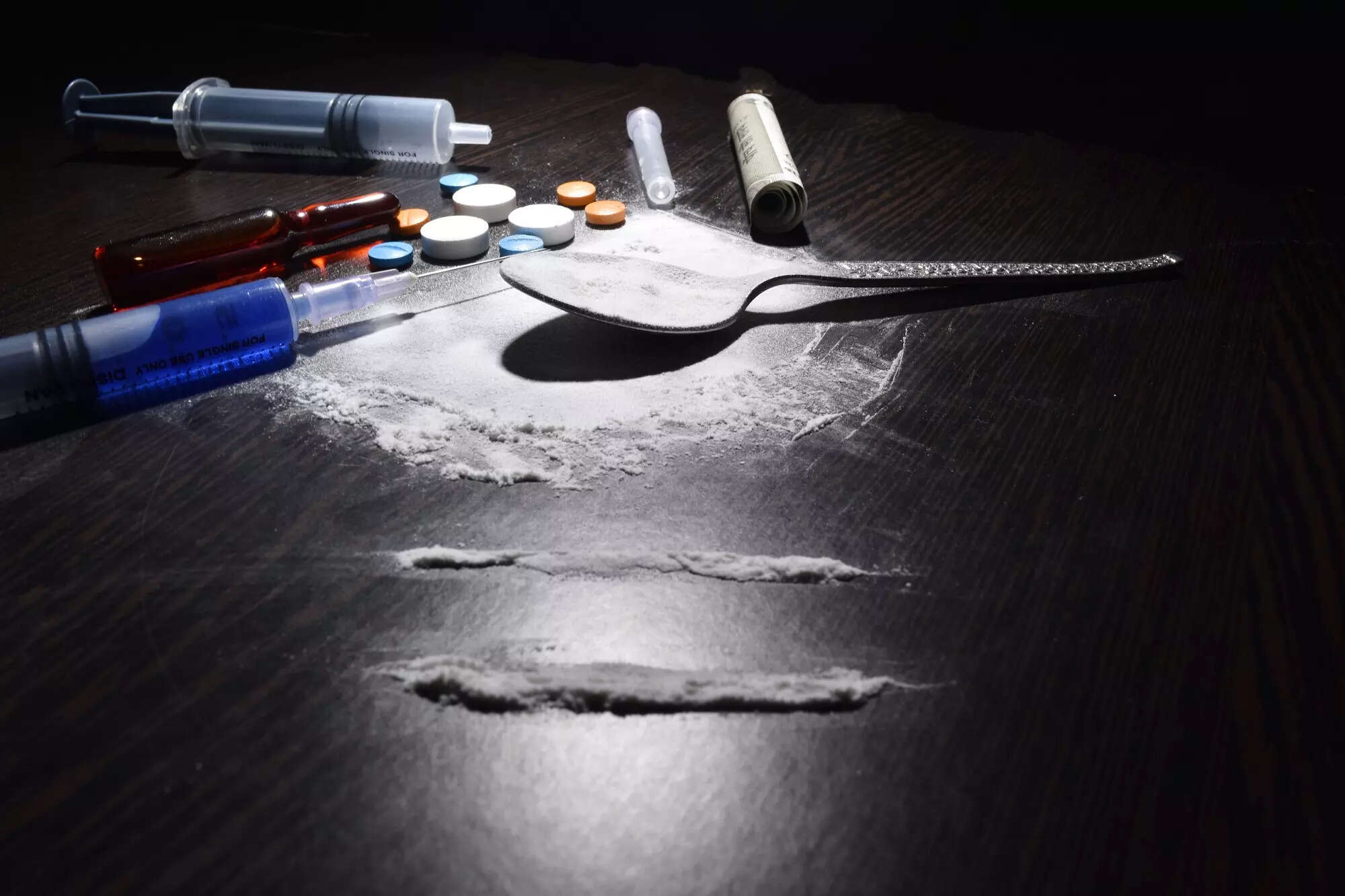How Punjab’s troubles today are partially Zia ul Haq’s handiwork
Troubles are self-made or instigated but rarely just a craft of fate. Punjab has had the misfortune of being a victim of a series of homegrown errors that were amply fanned by a Machiavellian neighbour.

Zia ul Haq has been often called the mastermind of the 'Bleed India' strategy.
Photo : Twitter
KEY HIGHLIGHTS
- Punjab is facing a multitude of problems from drugs to gang wars
- Punjab has slipped dramatically on the prosperity chart in the last 3-4 decades
- Zulfiqar Bhutto and Zia ul Haq’s doctrine of ‘Bleed India through a Thousand Cuts’ had Punjab as a central piece
Let me go back a little in history ...The 1971 war was just over. East Pakistan had been hived off into Bangladesh; Pakistan was humiliated and embittered. Zulfiqar Ali Bhutto realised that it would be difficult to take on and defeat India in a conventional war. The idea of ‘Bleeding India through a Thousand Cuts’ germinated. Bhutto was amply supported by Zia ul Haq, who was a rising star in the Pakistani Army then. By 1976, Zia had risen to become Army Chief, and ‘Bleed India’ became one of his major policy mainstays.
Zia ul Haq was not new to India. In fact, he was born on the Indian side in Jalandhar in 1924, much before the Partition and did his schooling in Shimla, before graduating from Delhi University’s St. Stephens College. He had joined the Royal Military Academy in Dehradun in 1943 – which we know as the Indian Military Academy now - and served in the British Army as an Indian officer during World War II. It was only after Partition in 1947, that he and his family moved to Pakistan.
So, when the ‘Bleed India with a Thousand Cuts’ doctrine was finalised in the Quetta Staff College, Zia ul Haq became its principal architect and executor. The idea was to wage a covert war by fuelling unrest and insurgencies in multiple regions, pumping in illegal weapons and counterfeit currency. A large part of the rebellion in Kashmir and nearly all of Punjab’s insurgency got Pakistan’s support and money.
Looking specifically at Punjab, it can be said that the dire situation today can be to a large extent attributed to an outcome of this ‘Bleed India’ strategy that was conceived nearly four and a half decades ago. While the then Indian government took controversial decisions like Operation Bluestar, the fact is that arms, ammunition, and logistical support were extended by Pakistan to extremists.

Photo : iStock
At that time Pakistan's ISI had created a special Punjab cell in its headquarters to support Jarnail Bhindranwale's aides and followers and also set up arms training camps near Lahore and Karachi. ISI chief Hamid Gul, who considered Zia his mentor, is known to have once said that "keeping Punjab destabilised is equivalent to the Pakistan Army having an extra division at no cost to the taxpayers." Till date, many Babbar Khalsa operatives are hiding in Pakistan.
Besides terrorism, drugs were used as an instrument to fuel narco-terrorism and deplete the youth of the state who have always prided themselves on doing yeoman service in the Indian defence services. Zia ul Haq particularly was wary of the Punjabi soldier. Narco-terrorism as a term was first used in the USA of the 1980s when smugglers from South America had started using the illegal drug trade as a profession with a terrific amount of power. The USA was one of its largest victims. Under pressure from President Ronald Regan of the United States, who was running a worldwide campaign ‘Just Say No’ to ban drugs, Rajiv Gandhi government agreed to prohibit marijuana, which was used in India for centuries. This was a mistake as it created a vacuum in the intoxicants markets and opened India and particularly Punjab to the lethal heroin.
This situation was capitalised on by Pakistan, a fact admitted by former Prime Minister Nawaz Sharif in an interview with the Washington Post in 1994. Sharif had at that time said that Pakistan’s Army, in line with Zia’s old philosophy, as well as the intelligence agency ISI had proposed a plan in 1991 to use the heroin trade from Afghanistan and Iran (the Golden Crescent) to fund covert military operations.
What we see today is also an outcome of this policy. Only that now operations have become sophisticated, and technology is being used to send in drugs from Punjab’s 550 km border with Pakistan. Drones are the latest toys and drone sightings over Punjab have become commonplace occurrences. Besides, drugs are also parcelled through underground water pipelines.
The sad reality of today is that Punjab from being the richest state of India in the early 1980s has slipped to the 19th position in terms of GDP per capita. As per an estimate nearly 15-16% of the state’s total population consumes some kind of a drug. And volatility is now fomented through gang wars by fostering sharp rivalries. The recent killing of singer Sidhu Moose Wala is just another case in the point.
Trending:
End of Article
Subscribe to our daily Newsletter!
Related News





Sadhguru Lists 5 Things To Remember When You Vote

Why Politicians Make Excellent Social Media Content Creators

China’s Military's Agenda

Opinion | Gender Justice In AI Isn't Just About Fairness; It's A Strategic Call For India

Elections And Safety: The Role Of Candidate Selection In Addressing Crime Against Women In West Bengal








